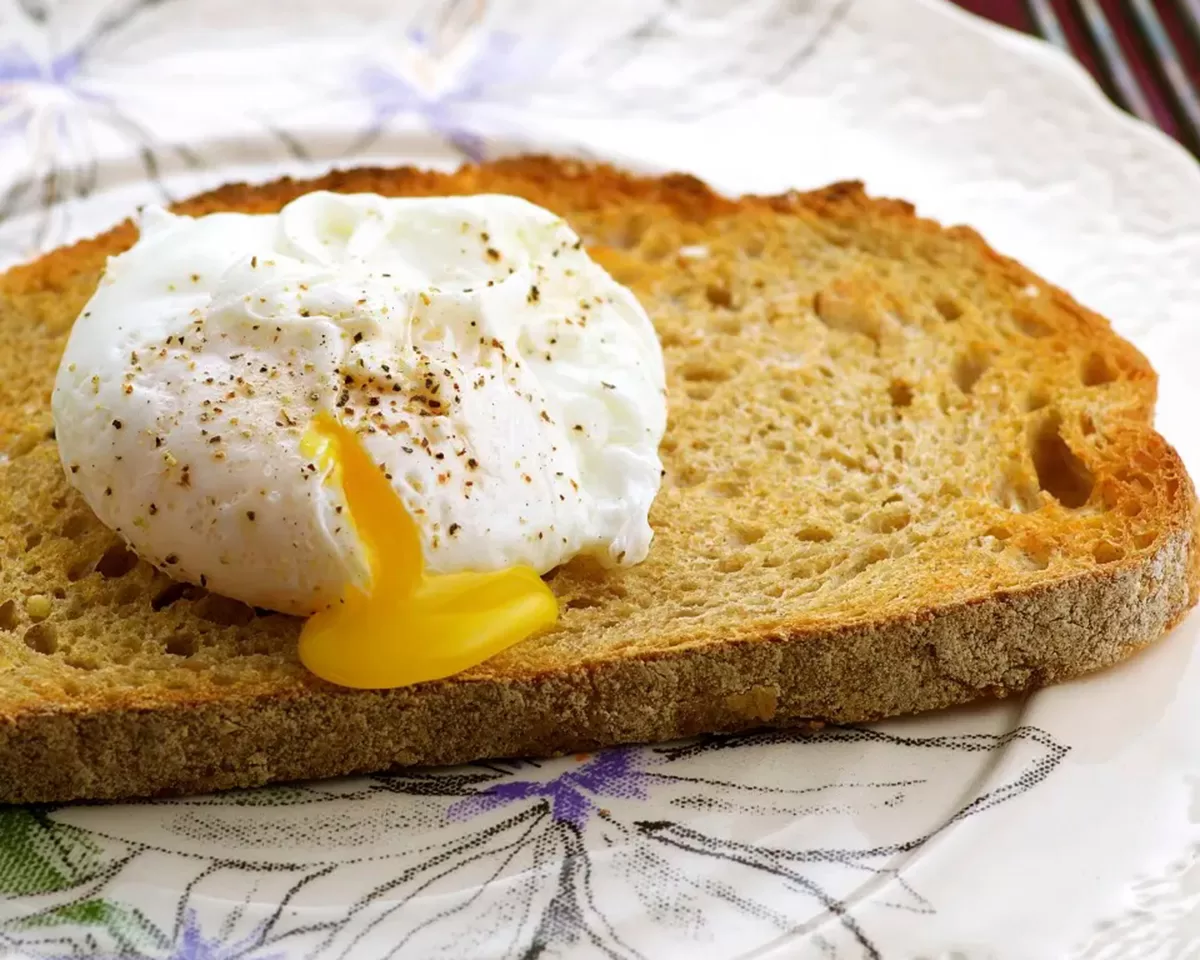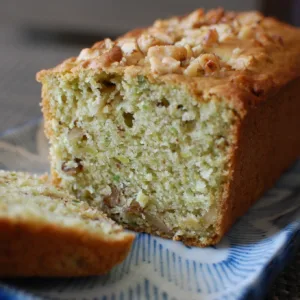The Perfect Poach: Mastering the Art of Poached Eggs
Poached eggs are a culinary marvel. The sight of a glistening, golden yolk nestled within a cloud-like white is not only visually appealing but also promises a burst of rich flavor with every bite. Mastering the art of poaching eggs may seem daunting at first, but with a few simple techniques and readily available ingredients, you can achieve restaurant-quality results right at home.
Poached eggs are incredibly versatile. They elevate simple dishes like toast to new heights and are a classic component of Eggs Benedict. Their adaptability makes them perfect for breakfast, brunch, lunch, or even a light dinner. This article will guide you through everything you need to know about poaching eggs, making you a confident poached egg pro in no time.
Why You’ll Love Poached Eggs:
- Simple Ingredients: Poached eggs require just a few basic ingredients, making them perfect for a quick and easy meal.
- Nutrient Powerhouse: Eggs are a complete protein source, offering essential nutrients like vitamins A, D, and E.
- Versatility: Enjoy them on toast, salads, in sandwiches, or atop creamy pastas.
- Healthy Option: Poaching uses minimal fat compared to other cooking methods, making it a healthier choice.
- Visually Stunning: The beautiful presentation adds a touch of elegance to any dish.
Keys to Perfectly Poached Eggs:
There are a few key elements that contribute to achieving the ideal poached egg:
- Fresh Eggs: Freshness is paramount for a successful poach. Older eggs, with more spread-out whites, will be harder to control and may lead to a ragged appearance.
- The Right Temperature: Water temperature plays a crucial role. Aim for a gentle simmer, around 190°F (88°C). If the water is too hot, the whites will cook too quickly and become tough. If it’s too cold, the whites won’t set properly.
- Acidic Medium: Adding a splash of vinegar or lemon juice to the poaching water helps the egg whites solidify and maintain their shape.
- Swirling Water: Create a gentle vortex in the water using a spoon before adding the egg. This helps the whites wrap around the yolk, creating a rounder poached egg.
The Ingredients You’ll Need:
- For Each Egg:
- 1 large, fresh egg
- 1 teaspoon white vinegar or lemon juice
- Pinch of salt
- Optional:
- Toast or English muffins for serving
- Chopped fresh herbs like chives or parsley
- Sliced avocado
- Hollandaise sauce (for Eggs Benedict)
Step-by-Step Guide to Poaching Eggs:
1. Bring the Water to a Simmer: Fill a small saucepan with about 2-3 inches of water. Add the vinegar or lemon juice and a pinch of salt. Bring the water to a simmer. A gentle simmer is key; avoid a rolling boil.
2. Create the Vortex (Optional): Using a spoon, gently stir the water to create a small whirlpool or vortex in the center. This isn’t essential but can help the egg whites wrap around the yolk for a more rounded shape.
3. Crack the Egg: Crack the egg into a small bowl or ramekin. This allows you to gently transfer the egg into the water without breaking the yolk.
4. Gently Transfer the Egg: Hold the bowl close to the simmering water and slowly tip it to release the egg. Alternatively, you can crack the egg directly into the water, but this requires a more practiced technique.
5. Poach to Perfection: Cook the egg for 3-4 minutes for a runny yolk, or slightly longer for a firmer yolk. Adjust the time depending on your preference.
6. Remove and Drain: Using a slotted spoon, carefully remove the poached egg from the water. Transfer it to a paper towel-lined plate to drain any excess water.
7. Serve and Enjoy: Once drained, serve the poached egg immediately on toast, an English muffin, a salad, or as part of another recipe like Eggs Benedict. Garnish with chopped herbs, sliced avocado, or your favorite toppings.
Tips for Success:
- Fresh is Best: As mentioned earlier, fresh eggs are crucial. Aim for eggs that are less than two weeks old.
- Crack with Care: Try to crack the egg cleanly, avoiding breaking the yolk. A broken yolk can make for a less visually appealing poached egg.
- Don’t Overcook: Poached eggs cook quickly. Err on the side of undercooking, as you can always cook them for a few seconds longer if needed.
- Multiple Eggs: If poaching multiple eggs, do them one at a time to avoid
Tips for Success :
- Multiple Eggs: If poaching multiple eggs, do them one at a time to avoid overcrowding the pan and lowering the water temperature.
- Salvaging a Broken Yolk: If your yolk breaks while poaching, don’t despair! You can still enjoy a delicious egg. Simply remove the egg with a slotted spoon and use it in a scrambled egg dish or another recipe where the yolk doesn’t need to be intact.
- Reheating Leftovers: Poached eggs are best enjoyed fresh. However, if you have leftovers, you can gently reheat them in simmering water for about 30 seconds to 1 minute, depending on how much you want to firm up the yolk.
Variations on a Theme:
Poached eggs offer endless possibilities for customization. Here are a few ideas to inspire you:
- Spicy Poached Eggs: Add a pinch of chili flakes or a chopped fresh jalapeno to the poaching water for a touch of heat.
- Smoked Salmon Benedict: Elevate your brunch game by serving poached eggs on toasted English muffins with smoked salmon, hollandaise sauce, and a sprinkle of fresh dill.
- Poached Eggs on Avocado Toast: Mash a ripe avocado on toast, top it with a poached egg, and drizzle with a squeeze of lemon juice and a sprinkle of red pepper flakes for a light and flavorful breakfast.
- Poached Eggs in Salad: Add a poached egg to your favorite salad for a protein and flavor boost.
Storing and Food Safety:
Poached eggs are best enjoyed fresh. However, if you do have leftovers, they can be stored in an airtight container in the refrigerator for up to 2 days. Reheat them gently as described previously. It’s important to note that reheated poached eggs may not have the same perfect texture as freshly cooked ones.
Safety First: When working with raw eggs, it’s essential to follow proper food safety practices. Ensure your eggs are fresh and refrigerated until use. Wash your hands thoroughly before and after handling eggs.
Conclusion:
Poached eggs are a versatile and delicious addition to any meal. With a little practice and these helpful tips, you can master the art of poaching and enjoy restaurant-quality results in your own kitchen. So, crack open some fresh eggs, simmer some water, and get ready to create a culinary masterpiece





